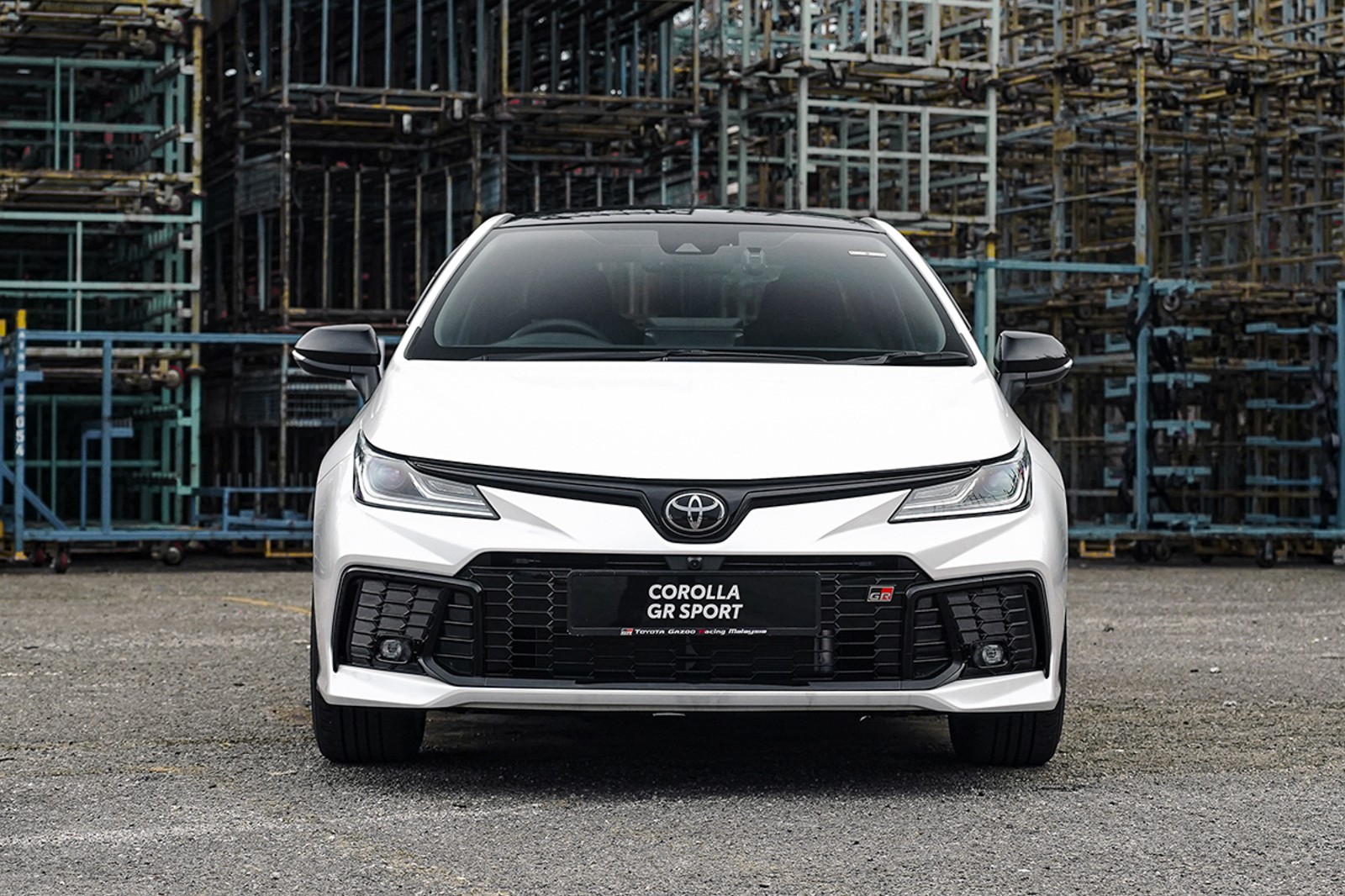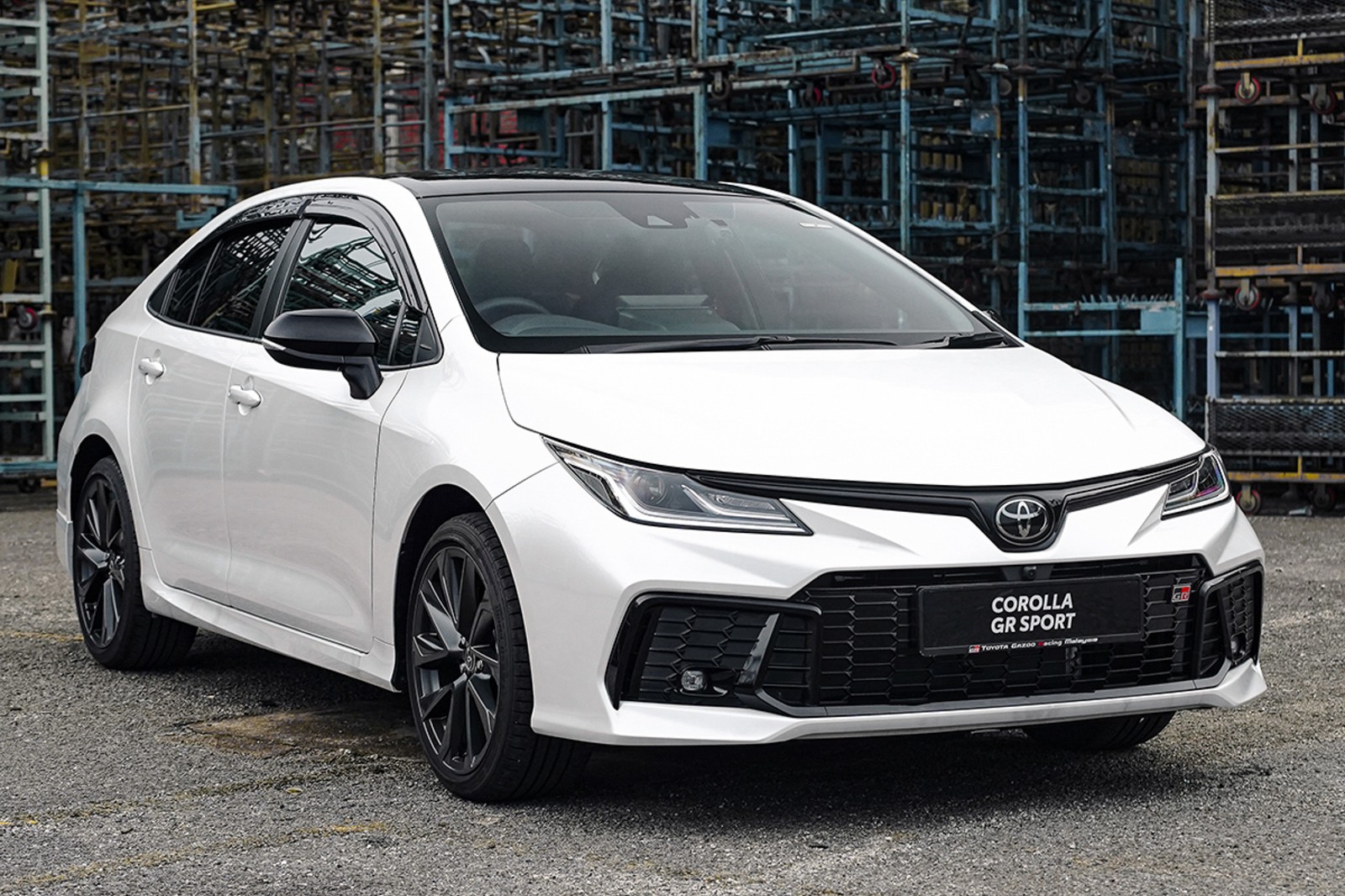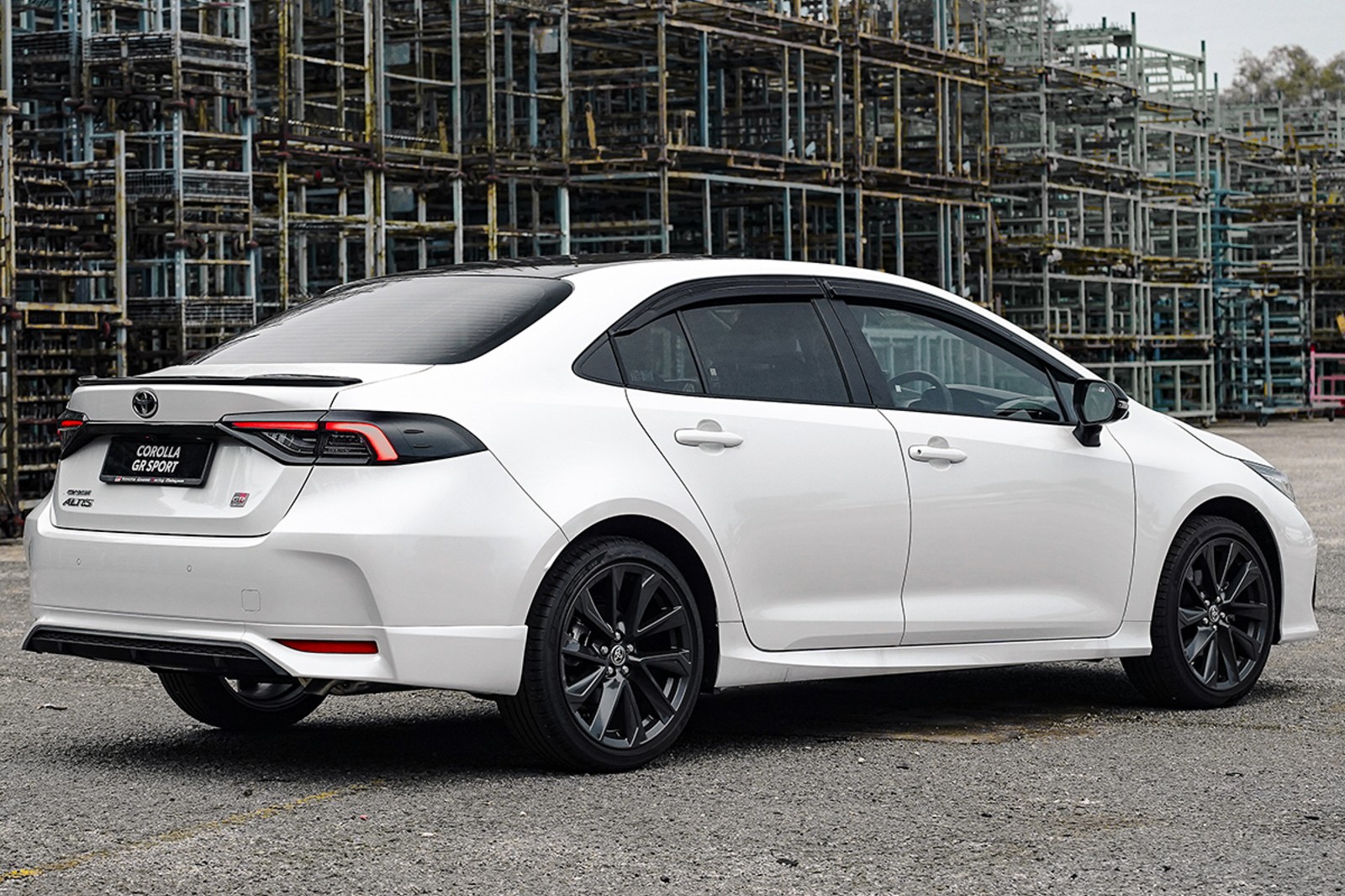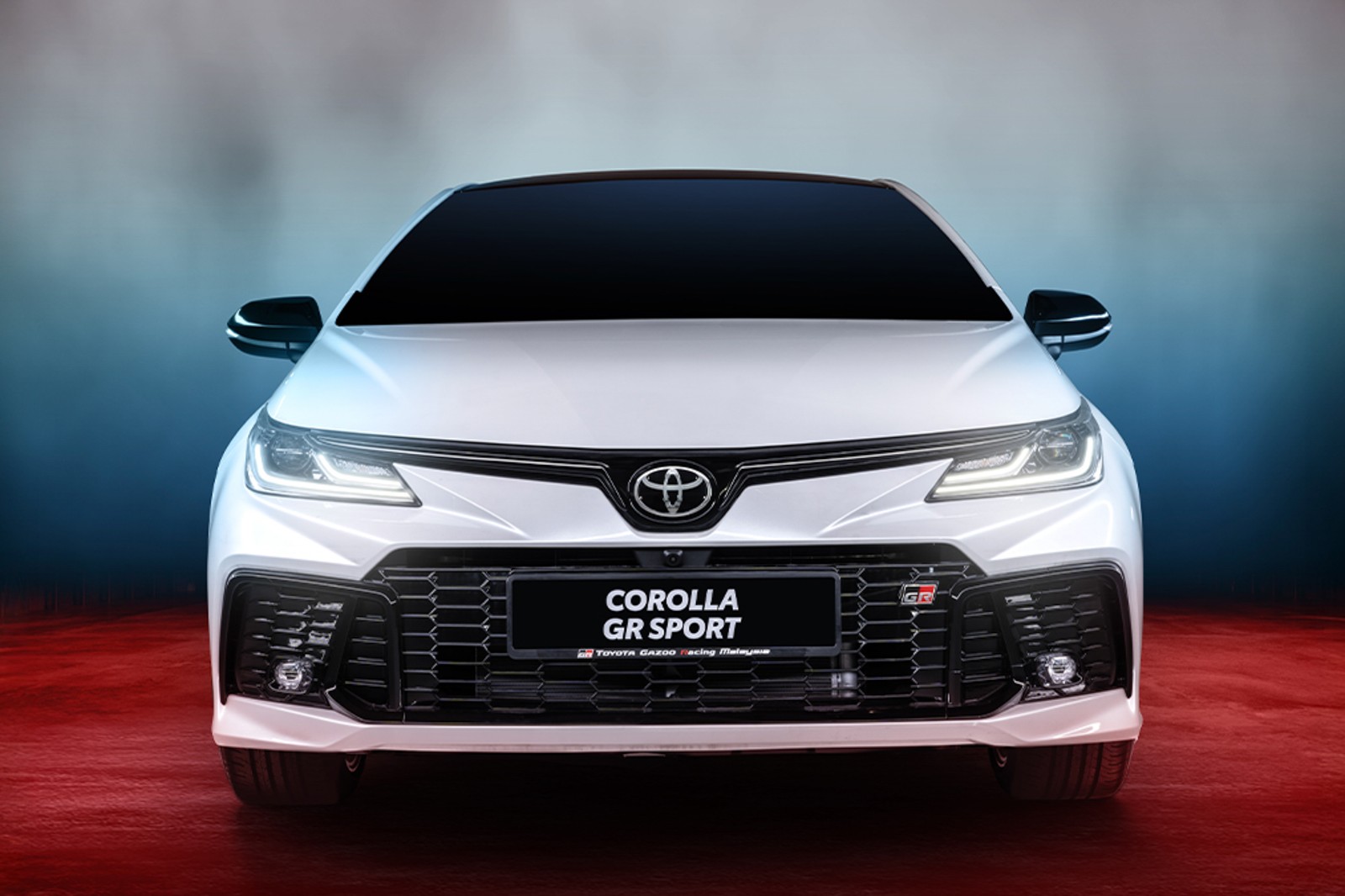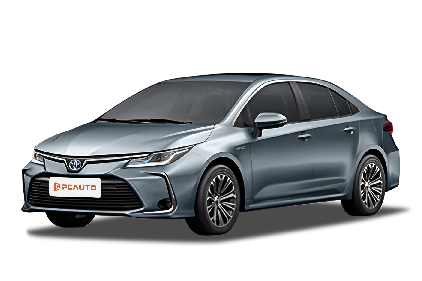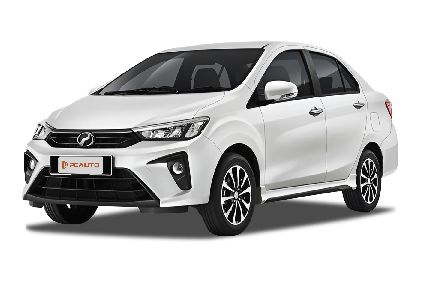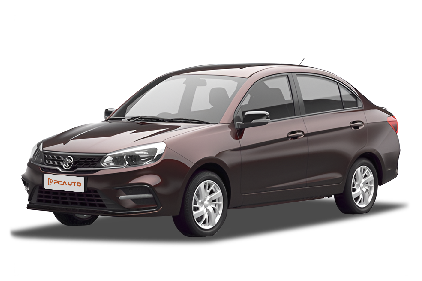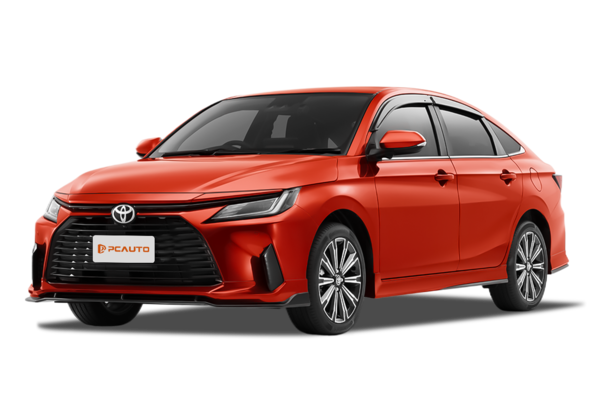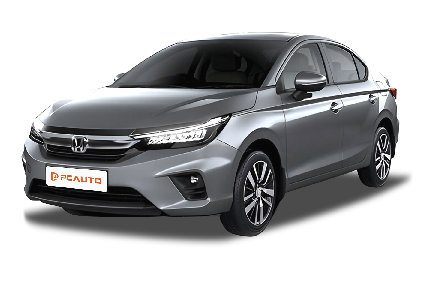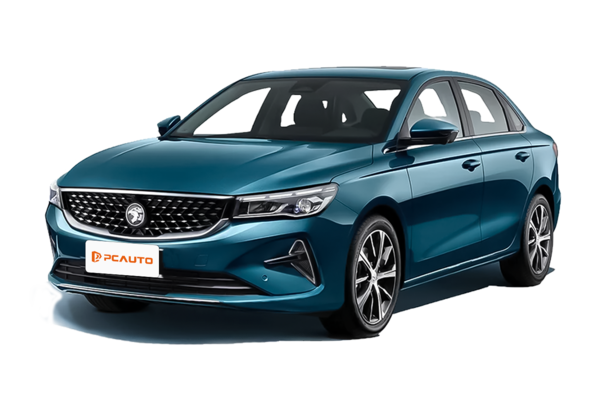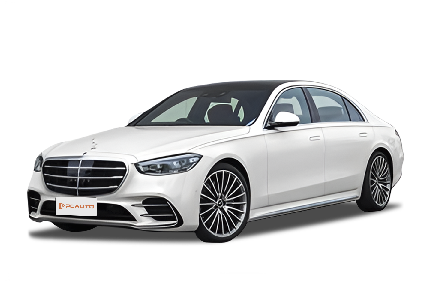Q
How much does a Mercedes EQC cost?
In Malaysia, the selling price of the Mercedes-Benz EQC is approximately between RM 398,888 and RM 428,888. The specific price depends on the vehicle configuration and optional extras. As Mercedes-Benz's first all-electric SUV, the EQC is equipped with a dual-motor all-wheel drive system. Its maximum power can reach 408 horsepower, and the driving range is about 417 to 455 kilometers (WLTP standard), which is suitable for consumers who pursue the combination of luxury and environmental protection. The Malaysian government offers exemptions on import duties and sales taxes for electric vehicles, which reduces the purchase cost of the EQC to some extent. In addition, the EQC is equipped with advanced technologies such as the MBUX intelligent interactive system and adaptive suspension. In terms of charging, it supports the fast-charging mode, and it can be charged to 80% in about 40 minutes. For users considering electric vehicles, it is recommended to learn about the distribution of local charging facilities and the installation conditions for home charging to better plan their usage experience.
Q
Is EQB or EQC bigger?
Both the Mercedes-Benz EQC and EQB are pure-electric SUVs under the brand, but their positioning and sizes are slightly different. The EQC belongs to the mid-sized SUV category, while the EQB is a compact 7-seater SUV. Therefore, the EQC is larger than the EQB in terms of body length and wheelbase, and offers a more spacious overall interior space, which is suitable for users who pursue a comfortable driving and riding experience. On the other hand, the advantage of the EQB lies in its third-row seats. Although the third-row space is relatively tight, it can meet the occasional needs of traveling with multiple people. For Malaysian users, if they often need to carry more than five people, the EQB would be more practical. However, if they value luxury and driving quality more, the EQC is a better choice. Both models are equipped with Mercedes-Benz's latest electric technology, and their driving ranges can meet daily use. With the gradual improvement of charging facilities in Malaysia, the convenience of using electric SUVs is constantly increasing. Consumers can choose the more suitable model according to their own needs.
Q
What is the Mercedes EQC equivalent to?
As the brand's first pure-electric SUV, the Mercedes-Benz EQC mainly competes with luxury electric models in the same class in the Malaysian market, such as the BMW iX3, Audi e-tron, and Tesla Model Y. They all belong to the category of mid-sized luxury electric SUVs, focusing on a sense of technology and range performance. The EQC showcases the characteristics of German cars in terms of comfort and power balance, thanks to Mercedes-Benz's iconic luxury interior design, a WLTP range of approximately 417 kilometers (for the EQC 400 4MATIC version), and a dual-motor all-wheel drive system.
Considering the local market, Malaysian consumers also need to pay attention to the compatibility of charging facilities. The EQC supports 110kW fast charging and can be charged to 80% in about 40 minutes, making it suitable for city commuting and short trips. In addition, Mercedes-Benz provides a comprehensive after-sales network through authorized dealers in Malaysia, which is particularly important for electric vehicle users.
Among the models in the same class, the iX3 focuses on rear-wheel drive efficiency, the e-tron emphasizes quattro technology, and the Model Y excels in intelligent driving. Consumers can make a choice based on their preferences. It should be noted that the Malaysian government has a policy of exempting import duties on electric vehicles, but the actual selling price is still affected by the configuration and optional features. It is recommended to take a test drive and compare the technological configurations and range performance before making a decision.
Q
Is the EQC a big car?
The Mercedes-Benz EQC belongs to the mid-sized SUV segment and isn't particularly "large" overall. Its body length is approximately 4,774 mm, width is 1,890 mm, height is 1,622 mm, and the wheelbase reaches 2,873 mm. Compared with models in the same class, its space performance is at a medium level, which can meet the needs of daily commuting and family use. The interior space is reasonably laid out. Whether in the front or back rows, passengers can enjoy relatively ample headroom and legroom. Meanwhile, the trunk space is also sufficient to hold daily items or travel gear. Although it doesn't have an oversized body like full-sized SUVs, for urban commuting and general long-distance trips, the EQC's space is spacious and comfortable enough, and it won't be overly difficult to operate due to its large size when driving.
Q
What is the difference between Mercedes EQS and EQC?
The Mercedes-Benz EQS and EQC are two pure-electric vehicle models with different positioning. The main differences lie in vehicle class, range, and technological configuration. The EQS is Mercedes-Benz's flagship electric sedan, built on the dedicated EVA platform. It has a WLTP range of over 700 kilometers and is equipped with the Hyperscreen and advanced autonomous driving assistance systems, focusing on delivering a luxurious and high-tech experience.
On the other hand, the EQC is Mercedes-Benz's first mass-produced electric SUV, which is an improvement based on a fuel vehicle platform. It has a range of about 400 kilometers, making it more suitable for daily urban commuting, and its price is relatively affordable.
For Malaysian consumers, the EQS is more suitable for high-end users who pursue cutting-edge technology and long-distance driving, while the EQC better meets the practical needs of families. It's worth noting that the hot climate in Malaysia has a relatively small impact on the battery life of electric vehicles, but the charging infrastructure is still being improved. It is recommended to fully consider the charging convenience before purchasing a car. Both models support Type 2 and CCS2 charging standards, which are compatible with the local mainstream charging piles.
Q
What is the range of Mercedes EQC in KM?
As a pure-electric SUV, the official data of the Mercedes-Benz EQC in the Malaysian market shows that its range is approximately between 400 and 450 kilometers (WLTP standard). The specific figure will fluctuate according to driving habits, road conditions, and climate conditions. The EQC is equipped with an 80-kWh lithium-ion battery pack and supports fast charging. It can be charged to 80% in about 40 minutes, making it suitable for urban commuting and short trips in Malaysia. For potential buyers of electric vehicles, they also need to pay attention to the distribution of charging infrastructure in Malaysia. Public charging piles are relatively common in major cities such as Kuala Lumpur and Penang, but it is advisable to plan charging stations in advance before long-distance travel. Additionally, the tropical climate may affect battery efficiency, so regular maintenance is recommended to maintain optimal performance. When compared with similar models, the EQC is competitive in terms of luxury and technological features, but its actual range performance may be slightly inferior to some new players that focus on energy efficiency. When choosing an electric vehicle, you can make a comprehensive consideration based on your daily driving needs and budget.
Q
Is the Mercedes EQC fast?
As a pure-electric SUV, the performance of the Mercedes-Benz EQC is truly worth paying attention to. It is equipped with a dual-motor all-wheel-drive system, with a combined output power of up to 300 kilowatts (408 horsepower) and a peak torque of 760 Newton-meters. The official 0 - 100 km/h acceleration time is 5.1 seconds. Such figures are more than sufficient for daily driving or high-speed overtaking scenarios in Malaysia, and it can even offer a nice sense of pushback. Compared with traditional fuel-powered SUVs, the EQC's electric powertrain provides instant torque output, making the start and acceleration much swifter. However, its top speed is electronically limited to 180 km/h, which is to balance the range and performance. For Malaysian users, the acceleration performance of the EQC is enough to meet their needs. But if you're after a higher top speed, you might need to consider other performance-oriented models. Moreover, the acceleration characteristics of electric vehicles are different from those of fuel-powered ones. The EQC's linear acceleration and quietness are also its unique advantages, which can provide a more comfortable experience in congested urban roads or long-distance drives.
Q
How long does EQC take to charge?
The charging time of the Mercedes-Benz EQC depends on the charging equipment used and the battery capacity. Among the common charging methods in Malaysia, when using a home AC wall-mounted charging box (7.4kW), it takes about 11 hours to charge from 10% to full, which is suitable for overnight charging. On the other hand, a public DC fast-charging station (such as 50kW or higher power) can boost the battery level from 10% to 80% in about 40 minutes, significantly reducing the waiting time. However, it's recommended to use fast charging only for long-distance trips or emergencies to protect the battery life.
The EQC comes standard with a battery capacity of 80 kWh. The actual charging speed can also be affected by environmental temperature, battery condition, and fluctuations in the charging pile's power. For example, high temperatures may slightly reduce the charging efficiency. For Malaysian users, it's advisable to prioritize charging stations with a temperature management system and regularly use the Mercedes me app to monitor the charging status.
If the daily commuting distance is within 200 kilometers, only 2-3 slow charges per week are needed to meet the demand. It's also recommended to keep the battery level between 20%-80% to optimize the battery health.
Malaysia is currently expanding its charging network. Shopping malls and highway service areas in major cities like Kuala Lumpur and Penang are already equipped with fast-charging piles compatible with the CCS2 interface, making it convenient for EQC owners to plan their trips.
Q
Should I charge my EQC to 100%?
For electric vehicles like the Mercedes-Benz EQC, whether to charge the battery to 100% depends on the balance between daily usage needs and battery health. The EQC is equipped with a lithium-ion battery. Frequent full charging over a long period may accelerate battery aging as a high state of charge increases the internal chemical stress on the battery. If your daily commute distance is short, it's recommended to set the charging limit between 80% and 90%. This can extend the battery's lifespan. However, when you're going on a long-distance trip or need the maximum range, it's acceptable to charge the battery to 100% occasionally. But it's advisable to use the vehicle as soon as possible after a full charge to prevent the battery from staying in a fully-charged state for an extended period.
In addition, the hot climate in Malaysia has a certain impact on the battery. Battery performance will decline in high-temperature environments. Therefore, it's recommended to charge the vehicle in a shaded area and avoid fast charging in extremely high temperatures. You can also maintain battery health by regularly using slow charging and avoiding extremely low battery levels (such as below 20%). The EQC's battery management system is quite advanced and can effectively optimize the charging process. However, reasonable usage habits can further enhance the battery's durability.
Q
Does EQC have air suspension?
As the brand's first all-electric SUV, the high-end version of the Mercedes-Benz EQC available in the Malaysian market is indeed equipped with the AIRMATIC air suspension system. This setup can adjust the shock absorber firmness and vehicle body height in real time via sensors, enhancing comfort and passability on various road conditions, which is especially suitable for some areas in Malaysia with poor road conditions. It's important to note that the air suspension is usually an optional feature or exclusive to high-end models in the EQC lineup. It is recommended that consumers confirm the specific configuration list with the dealer when making a purchase. Compared with traditional steel springs, the air suspension can offer a more refined vibration filtering performance, but it has a relatively high post-maintenance cost, which is particularly evident in hot and humid climate environments. Similar configurations are also available on electric vehicles in the same class, such as the Audi e-tron. However, the tuning styles of different brands vary slightly, and the EQC leans more towards a comfort-oriented setup. If you have sufficient budget and value the driving and riding quality, the air suspension is worth considering. But for regular urban commuting, the standard suspension is already practical enough.
